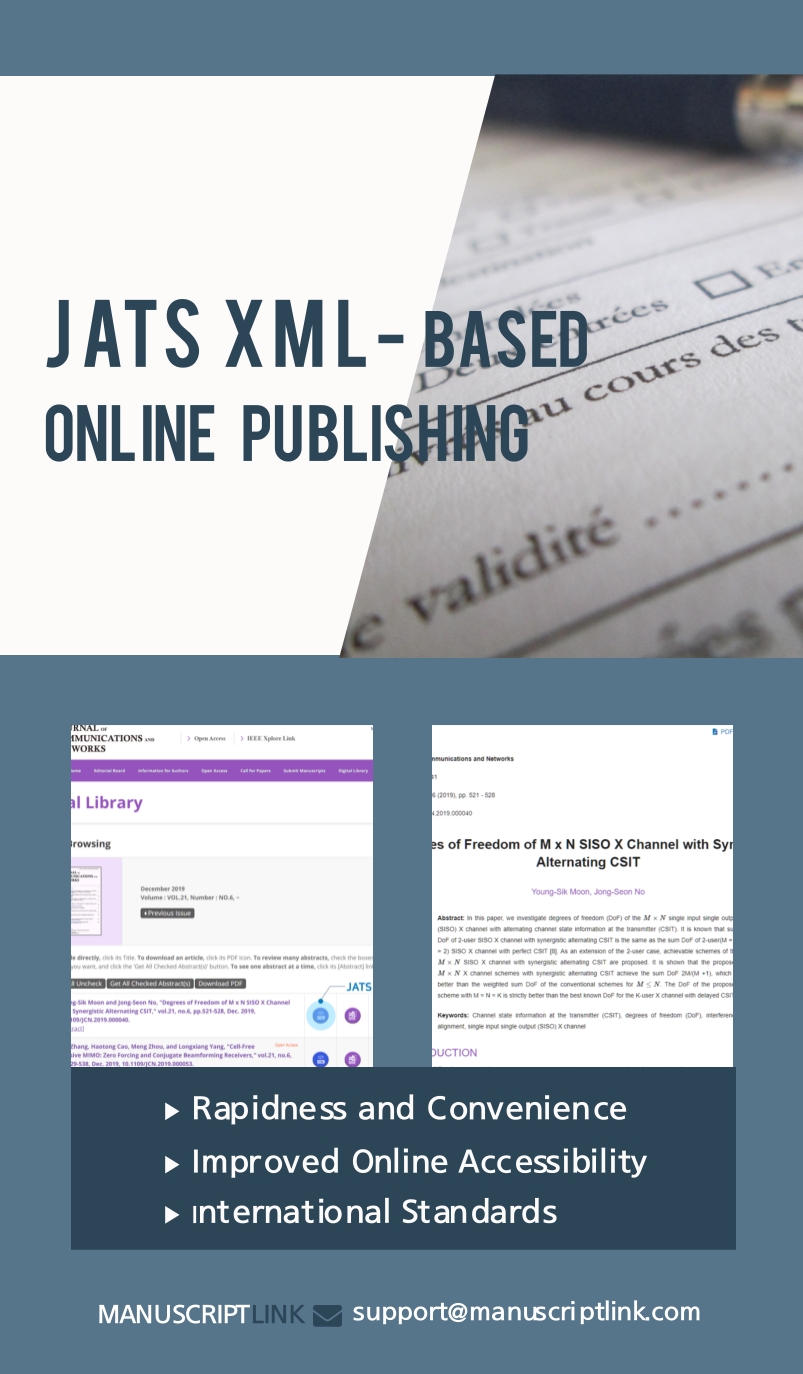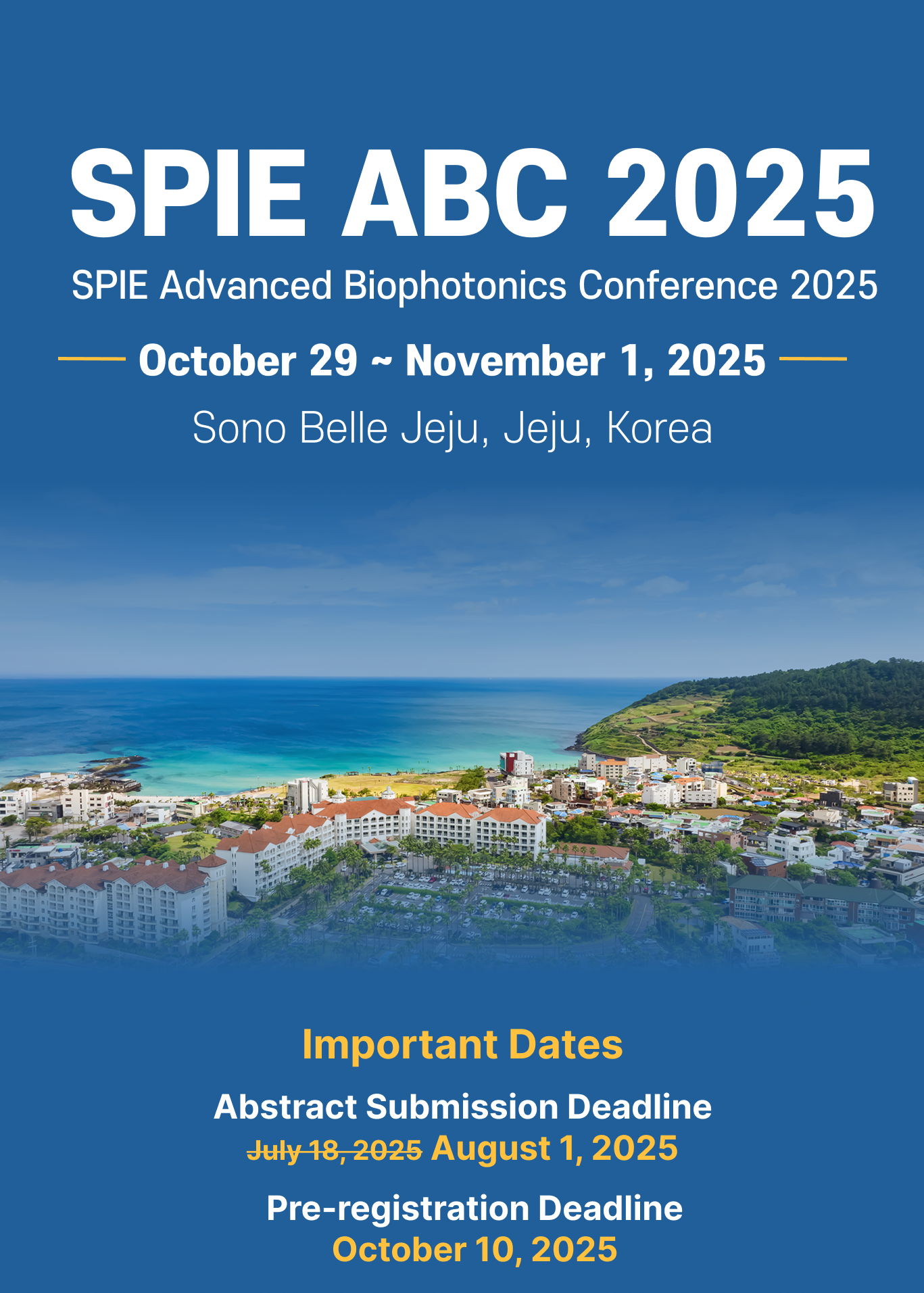51st BANGKOK International Congress on Arts, Music and Technology (BAMT-25) scheduled on Dec. 22-24, 2025 Bangkok (Thailand)
BAMT-25
- URL: https://hssis.org/conference/353
- Event Date: 2025-12-22 ~ 2025-12-24
- Submission Date: 2025-12-01
- Organizer: HSSIS
- Location: Bangkok, Thailand
Nanotechnology Educational Technology Humanities, Literature & Arts (General) Music & Musicology Visual Arts Crafts, Design & Arts Educational Technology
Full Articles/ Reviews/ Shorts Papers/ Abstracts are welcomed in the following research fields:
I. Generative & Algorithmic Creativity
- AI as Creative Partner:
- Generative art: AI algorithms creating visual art, poetry, narratives, and choreography.
- AI-assisted design tools for artists, graphic designers, and architects.
- Ethical implications of AI-generated content (authorship, originality, intellectual property, deep fakes).
- Algorithmic Composition & Performance:
- AI and machine learning for music composition, improvisation, and sound design.
- Automated music generation, interactive music systems, and real-time algorithmic performance.
- Algorithms for synthesizing new timbres and sonic textures.
- Creative Coding & Computational Arts:
- Using programming languages (e.g., Processing, openFrameworks, Max/MSP, Pure Data, Unity, Unreal Engine) for artistic expression.
- Data visualization as an art form.
- Interactive installations and responsive environments driven by code.
- Bio-inspired algorithms in art and music.
II. Immersive & Experiential Technologies
- Extended Reality (XR) in Arts & Music:
- Virtual Reality (VR) experiences for art exhibitions, virtual museums, and historical recreations.
- Augmented Reality (AR) for interactive public art, enhanced live performances, and educational tools.
- Mixed Reality (MR) for blending physical and digital realities in artistic installations.
- Creating immersive narratives and interactive worlds in XR.
- Spatial Audio & Immersive Soundscapes:
- Designing and performing with multi-channel and ambisonic audio systems.
- Creating virtual acoustic spaces and sonic environments.
- Psychoacoustics and the perception of immersive sound.
- Projection Mapping, Holography & Volumetric Capture:
- Transforming architectural spaces with light and visuals.
- Creating and performing with holographic projections and volumetric video.
- The use of light and laser art in large-scale installations.
III. Human-Computer Interaction & Performance
- New Musical Interfaces (NMIs) & Controllers:
- Designing and building innovative controllers for music and sound (e.g., gestural interfaces, haptic feedback devices).
- Bio-sensors and alternative input methods (e.g., brainwaves, muscle signals) for artistic expression.
- Wearable technology for performance and interactive art.
- Interactive Performance Systems:
- Systems where audience interaction, performer movement, or environmental data influences the art/music in real-time.
- Responsive stages and adaptive theatrical environments.
- Robotics & Automation in Art & Performance:
- Robots as performers, collaborators, or creators in live art, theater, and music.
- Kinetic sculptures and automated artistic installations.
- Brain-Computer Interfaces (BCI) for Artistic Expression:
- Utilizing neural signals to control art, music, or interactive experiences.
- Exploring the neurological basis of creativity and perception.
IV. Digital Preservation, Archiving & Emerging Ecosystems
- Digital Cultural Heritage & Archiving Digital Art:
- Strategies and challenges for preserving born-digital artworks, interactive installations, and electronic music.
- 3D scanning, photogrammetry, and digital reconstruction for cultural heritage.
- Virtual accessibility of heritage sites and archives.
- Blockchain, NFTs & Decentralized Art Ecosystems:
- The impact of Non-Fungible Tokens (NFTs) on art ownership, provenance, and artist royalties.
- New economic models for creators in decentralized environments.
- Smart contracts for artistic collaborations and distribution.
- Metadata, Curation & Discovery in Digital Arts:
- Strategies for cataloging, describing, and making digital art and music discoverable.
- The role of curators in a rapidly expanding digital art landscape.
V. Socio-Cultural Impact & Ethics
- Accessibility & Inclusion through Technology:
- Technology enabling artistic creation and consumption for diverse abilities and marginalized communities.
- Breaking down barriers to participation in the arts through digital tools.
- Copyright, Ownership & Intellectual Property in the Digital Age:
- Legal and ethical challenges with AI-generated content, sampling, and digital distribution.
- Fair compensation models for artists and musicians in the streaming era.
- The Future of Creative Professions:
- How automation and AI impact the roles of artists, musicians, composers, and performers.
- New career paths and skillsets in the creative tech sector.
- Digital Divide, Equity & Cultural Colonialism:
- Addressing disparities in access to technology and its implications for diverse cultural expressions.
- Decolonizing technology in arts and music.
- Art as Social Commentary on Technology:
- Artists exploring the ethical, social, and psychological impacts of technology through their work.
- Critical perspectives on surveillance, privacy, and digital manipulation in art.
VI. Education & Pedagogy
- Teaching Creative Technologies:
- Curriculum development for interdisciplinary programs in art, music, and technology.
- New pedagogical approaches to foster computational creativity and artistic innovation.
- Technology for Arts Education:
- Interactive learning tools, online platforms, virtual studios, and immersive learning experiences for art and music.
- Gamification in arts education.
- Fostering Digital Literacy and Media Arts Fluency:
- Equipping students with skills to critically engage with and create digital art and music.
VII. Specific Applications & Case Studies
- Gaming and Interactive Entertainment as Art:
- Video games as an evolving art form, interactive storytelling, and immersive world-building.
- Sound design and music composition for interactive media.
- Sound Art & Acoustic Ecology:
- Exploring urban soundscapes, environmental sounds, and bioacoustics through technological means.
- Sonification of data for artistic and scientific purposes.
- Fashion, Wearable Technology & Art:
- Smart textiles, interactive garments, and their artistic and performance applications.
- Film, Animation & Visual Effects:
- Cutting-edge techniques in digital cinema, animation, and real-time rendering for artistic expression














